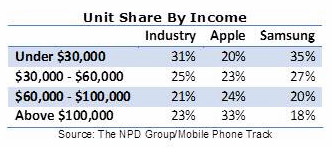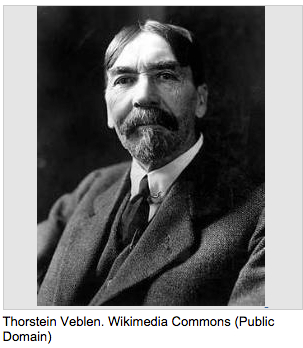Has Apple just given us a Thorstein Veblen moment?
We remember Thorstein Veblen because he described conspicuous consumption in his book, The Theory of the Leisure Class (1899).
Thorstein Veblen and Apple
According to Veblen (1857-1929), affluent consumers try to convey their power and wealth through excessive leisure and shopping. Servants and employees help the affluent do less while their money lets them signal their status by buying more. As expressed by Veblen, “The members of each stratum accept as their ideal of decency the scheme of life in vogue in the next higher stratum, and bend their energies to live up to that ideal.” I suspect Veblen is describing the aspirational shopper.
Today, with studies indicating that Type A CEOs, entrepreneurs and the top 1% work 24/7, we can ask whether Veblen’s conclusion about leisure is entirely accurate. Thinking, though, of Hermès Birkin Bags priced from $10,000 to more than $120,000, private planes, Teslas, and the iPhone 6 Plus, conspicuous consumption has hardly disappeared.
The iPhone 6 Plus?
Reviewing Apple’s newest launch, one tech site tells us that Apple’s loyalist constituency is composed of “the relatively monied” who believe “that Apple does, indeed, add things to their life…including a…chest-puffing sense of self-worth.” You can see (below), that Apple is the leading provider to the affluent.

Sounds like Veblen’s conspicuous consumption.
The Bottom Line and Oligopoly Power
As an oligopoly, Apple has used its pricing power and product differentiation to target the more affluent consumer. Selecting higher prices and emotion stirring launches, Apple might be very aware of conspicuous consumption.







